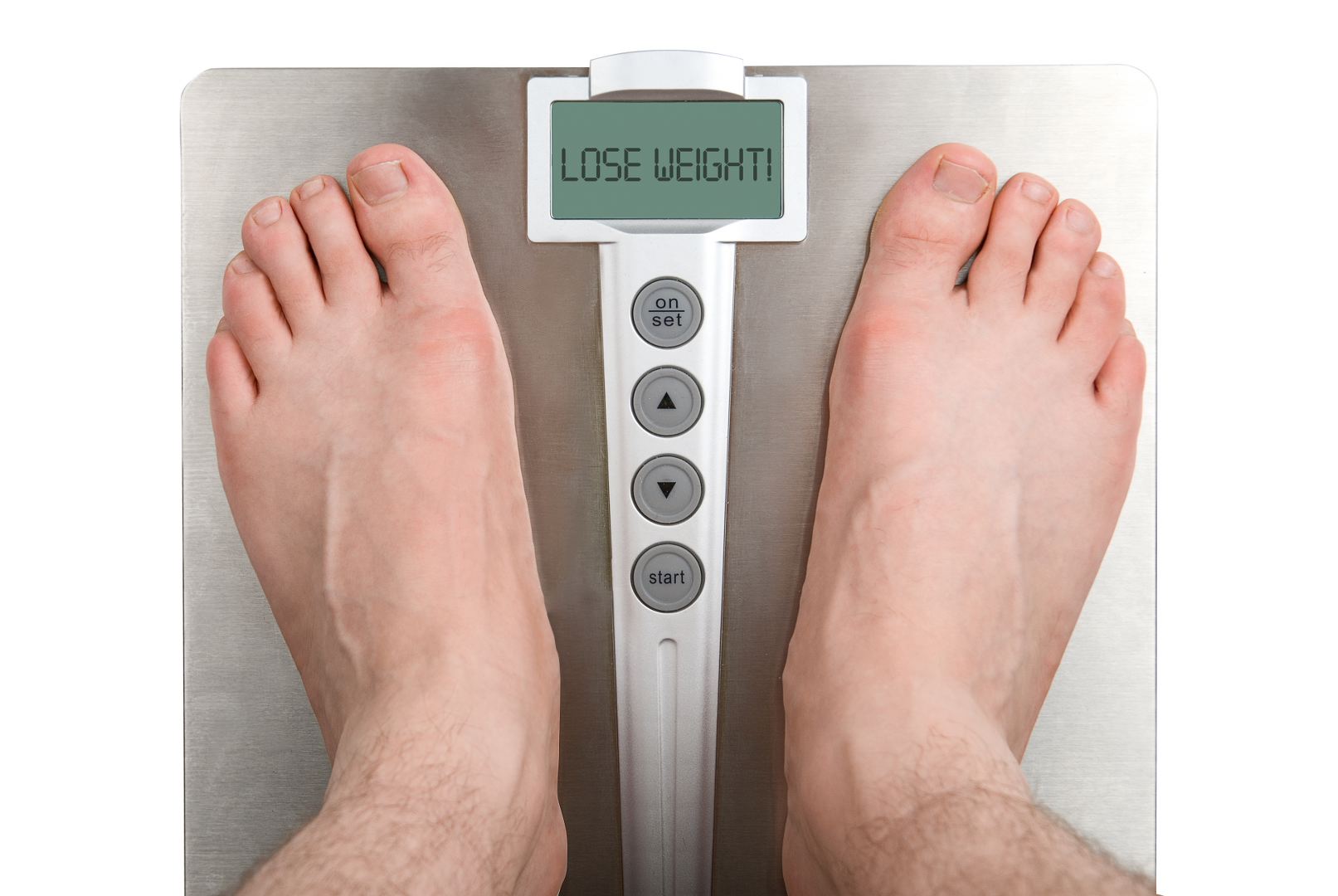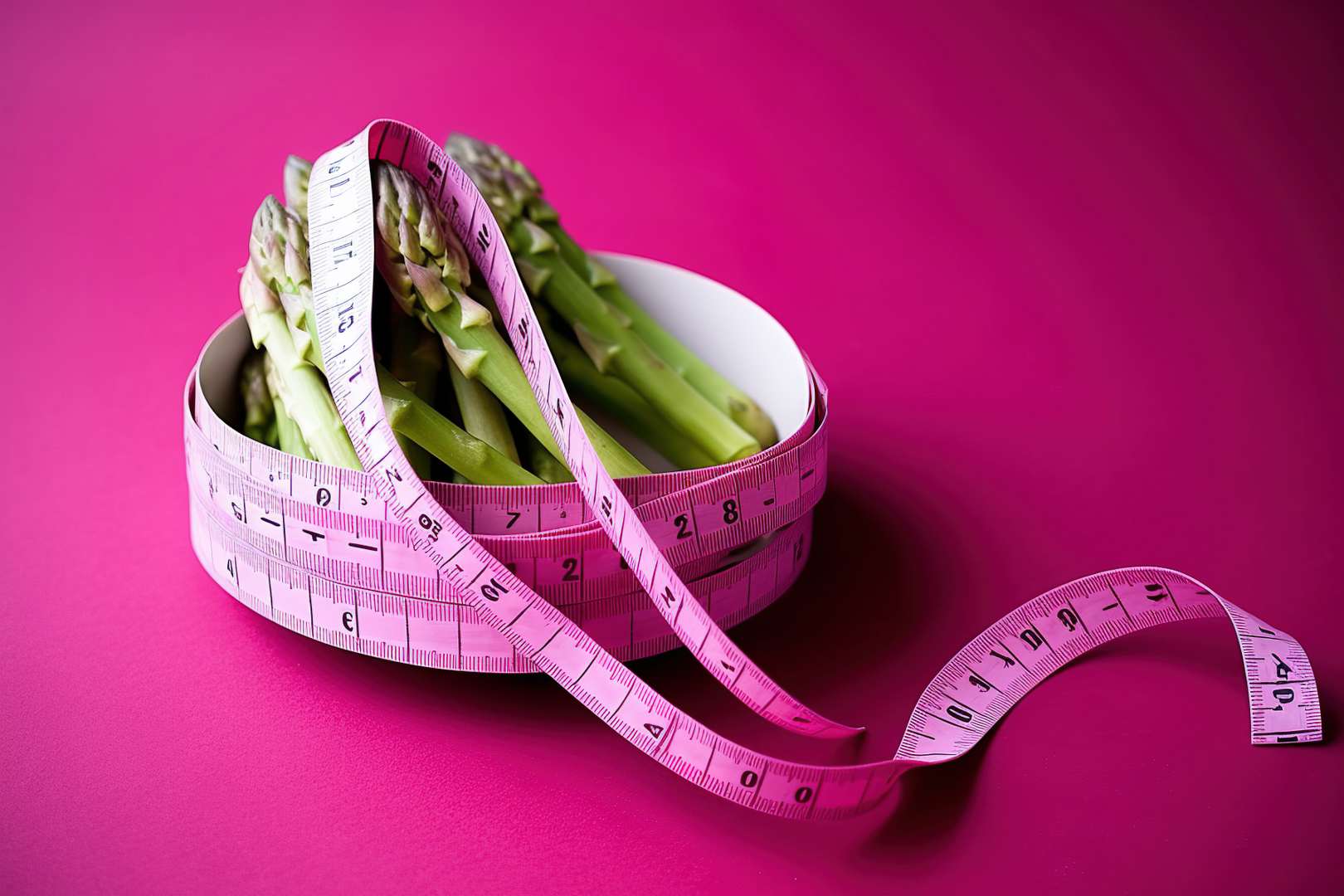The weight loss journey is an exciting adventure, filled with determination and progress. Yet, like any journey, there are bound to be obstacles along the way. One such obstacle, commonly encountered by many, is the dreaded weight loss plateau. This frustrating period can be disheartening, making you question your efforts and progress. But fear not, […]
In a world obsessed with achieving the “perfect” body, weight management has become a pervasive topic. While calorie counting and exercise regimes often dominate discussions, a crucial aspect frequently overlooked is the psychological dimension. Weight management isn’t just about numbers on a scale; it’s a multifaceted journey deeply intertwined with our thoughts, feelings, and behaviors. […]
The Significance of Regular Exercise Regular exercise plays a pivotal role in weight management by helping individuals burn calories and maintain a healthy metabolism. When combined with a balanced diet, exercise can contribute significantly to achieving and sustaining a healthy weight. Engaging in physical activity not only aids in burning excess fat but also helps […]
The Importance of Gut Health When it comes to overall well-being, gut health plays a crucial role that often goes underestimated. The gut, often referred to as the “second brain,” is home to trillions of bacteria that influence various aspects of our health, including digestion, immunity, and even weight management. Maintaining a healthy gut is […]
The Importance of Understanding the Basics By grasping the basics of weight management, individuals can make informed decisions about their health and well-being. Whether you are looking to lose weight, maintain your current weight, or gain muscle mass, having a solid foundation in the science of weight management is essential. This knowledge empowers you to […]
The Importance of Nutrition in Weight Management Nutrition plays a pivotal role in successful weight management. It is not just about the quantity of food you consume, but also the quality of the nutrients that you provide to your body. A balanced and nutritious diet can significantly impact your ability to achieve and maintain a […]
One of the more difficult parts of starting and maintaining an exercise regimen is getting a workout in when you’re traveling. Whether it’s a business trip, family vacation or road trip with your friends, you may need some help with finding a place to get that workout in. While most hotels have a gym, the equipment and quality is usually far less than ideal. To ensure you get a workout in while you’re on the road, there is how to find a gym while traveling.
Are you spending hours on the elliptical or other cardio machine and not seeing results you want? New research is showing that adding resistance training is a key factor in weight loss success.
By adding resistance training through body weight exercises like pilates, yoga, barre or “boot camp” programs, you give your body the chance to build muscle and add another layer of fat-burning tissue while you’re at rest.
If you’re eating a low-carb diet as part of your weight loss program, breakfast time can start to get a little boring after a while. So many foods enjoyed during the first meal of the day are awfully high in carbohydrates – oatmeal, muffins, toast, cereal, waffles, pancakes – and the list goes on and on!
I’ve tried a lot of different ways to make breakfast interesting, but there are only so many ways you can make eggs or an omelet, and even Greek yogurt and fruit gets a bit boring after a while. One Saturday morning, I woke up and just had to have something different for breakfast, something that really would satisfy a craving – and then I made pancakes.
During the first year of my wellness plan, there were definitely some “hard times” during certain months on my calendar. I started dieting in January of 2013, so I did not have to immediately deal with the “food angst” so many of us feel around the holidays of Halloween, Thanksgiving and Christmas. I had more than nine months to get into a rhythm before I had to tackle the holidays.
Actually, the first real challenge I faced with my new wellness plan came as late spring heralded the coming summer months.








